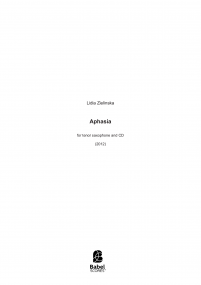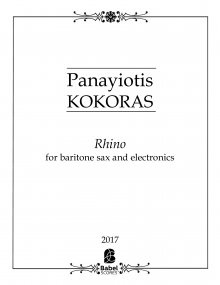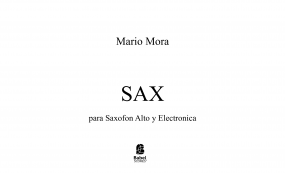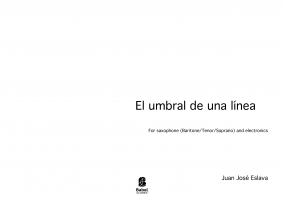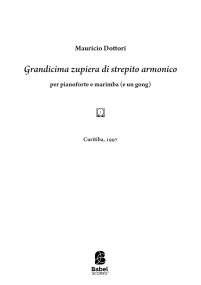Failles Flourescentes
ISMN : 979-0-2325-2241-8
- Login to create your own lists
Commission by UPIC in honor of Iannis Xenakis’ 70th birthday
Selected at the 19th International Electroacoustic Music Competition in Bourges, in 1991
Recommended at the International Rostrum of Composers of UNESCO in 1995.
“May things escape from their forms,
forms from their things and may
forms and things join together again in a new way.”
Roberto Juarroz – Octava Poesía Vertical, Translation by Mary Crow
FAULTS (Failles): “Geology a fracture in the continuity of a rock formation caused by a shifting or dislodging of the earth’s crust, in which adjacent surfaces are displaced relative to one another and parallel to the plane of fracture.” A fault brings different strata into contact and makes it possible to go from one to the other.
In “Failles fluorescents” one strata is the tempered universe, the other the non-tempered (in which there is the natural spectrum). Furthermore, there is the instrumental “strata” (acoustic sounds) on the one side, and the electronic tape strata (synthetic sounds) on the other. Then there are also new instrumental effects from the saxophone, instrumental imitations on tape, convergence, divergence, evolution, spaces: elements which contradict and enhance each other in a dialectic, leading to an integrated synthesis.
Technically the work is divided in two main parts:
The first part is the elaboration of a tape using the UPIC (graphic computer music system conceived by Iannis Xenakis). All the waveforms are taken from the sound of the saxophone, from which a period was then extracted. The sound’s arches and envelopes were subsequently designed according to this computer’s own method. All the sounds on the tape are computer-generated sounds.
The second part is the development of new composition possibilities for the saxophone. This has been rendered possible via Daniel Kientzy’s thesis “Saxologie”, with its rigorous classification of sound effects and its notation method. These techniques allow for greater integration between instrumental and electronic sound.
The work is dedicated to Daniel Kientzy
https://soundcloud.com/solracg/failles-fluorescentes-cd-sax-upic
Pages - 26





